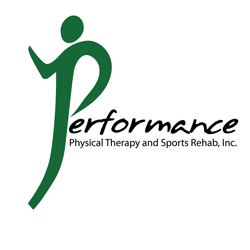Dry Needling

Modern Intervention for Pain and Musculoskeletal Issues
Dry-needling is a modern, science-based intervention for the treatment of pain and musculoskeletal problems. It involves inserting a fine needle that penetrates the skin to stimulate painful muscle knots, ligaments, tendons, or nerves to promote a healing response in dysfunctional tissue. Dry-needling is similar to acupuncture, however does not involve treating energy patterns of the body. Dry-needling is one tool involved as part of a whole physical therapy treatment.
Musculoskeletal injuries that can be treated with dry-needling are:
- Neck pain – Arthritis, facet joint dysfunction, disc herniation, stenosis, long term post-op pain
- Headaches – Tension headaches/Migranes
- TMJ – Muscle imbalance of the jaw, arthritis, capsular tightness, articular disc displacement
- Shoulder Impingement – Impingment of the biceps, suprapinatus, subacromial bursae.
- Rotator Cuff Pathology – Small tears, rotator cuff tendinitis
- Tennis elbow/Golfers Elbow
- Carpal tunnel syndrome – Irritation of the median nerve
- Low back pain – Arthritis, facet joint dysfunction, disc herniation, stenosis, long term post-op pain
- Sciatica – Disc herniation, Nerve root irritation, stenosis
- Piriformis syndrome
- ITB syndrome
- Hip bursitis
- Knee pain – runners knee, arthritis
- Shin splints
- Achilles tendinitis
- Plantar fasciitis
And more…just ask if dry-needling is right for you.
The Dry-needle Experience
Upon entering Performance Physical Therapy for your appointment, you will be greeted by our friendly staff and can enjoy a cup of coffee as you wait for the physical therapist. You will be asked to fill out a quick dry-needling consent form stating the risks and benefits of needling. The physical therapist will bring you to a private room where they will further educate you on the dry-needling procedure. The therapist will explain every step, first mapping out where the needles will be placed through palpation of painful muscle knots. There typically is minimal to no pain associated with needle insertion. The needles are left in place, and then connected to a form of e-stim, which gently pulsates the muscle. Depending on individual muscle response, your treatment could last as long as 20 minutes.
